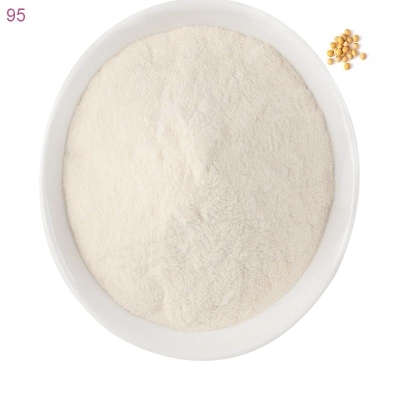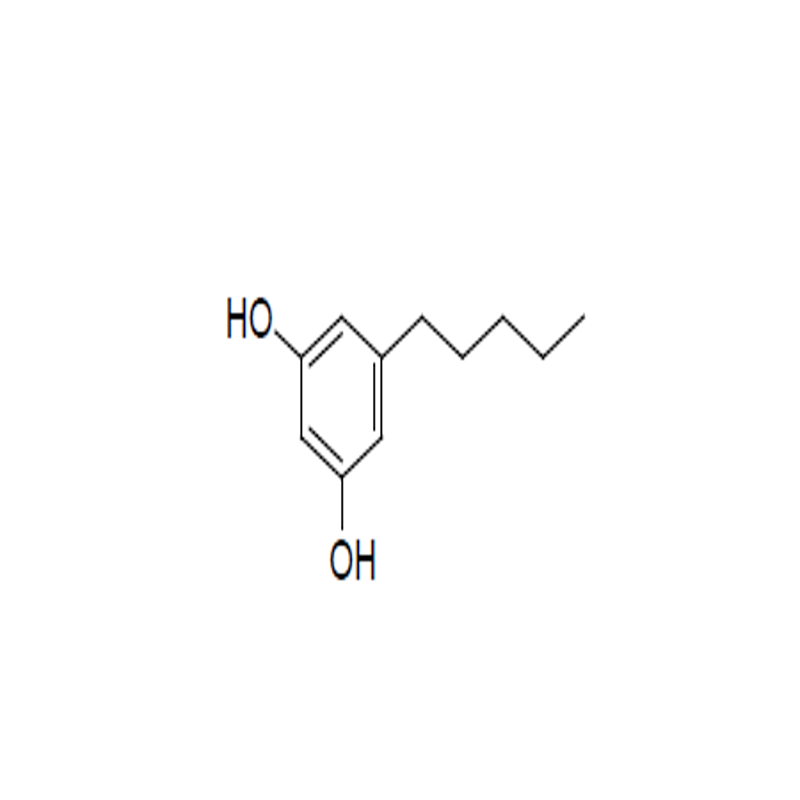-
Categories
-
Pharmaceutical Intermediates
-
Active Pharmaceutical Ingredients
-
Food Additives
- Industrial Coatings
- Agrochemicals
- Dyes and Pigments
- Surfactant
- Flavors and Fragrances
- Chemical Reagents
- Catalyst and Auxiliary
- Natural Products
- Inorganic Chemistry
-
Organic Chemistry
-
Biochemical Engineering
- Analytical Chemistry
- Cosmetic Ingredient
-
Pharmaceutical Intermediates
Promotion
ECHEMI Mall
Wholesale
Weekly Price
Exhibition
News
-
Trade Service
With the prosperity of food and beverage takeaways, we enjoy the convenience at the same time, but also often reminded: takeaway is healthy, healthy? We often focus on whether takeaway ingredients are fresh, whether the environment and methods used to process them are hygienic, but ignore an important factor: the safety of containers containing takeaways.
most of the items now on the market for takeaway catering are made of plastic, and the safety of these disposable plastic dining utensils is related to the plastic materials used. So, did you notice? The plastic boxes seen in everyday life are digitally identified.
do these numbers mean?
they represent different materials of plastic, usually in the numbers 01 to 07.
01: Polybenzene glycol esters (PET), use: the production of mineral water bottles, carbonated beverage bottles, etc. , this material heat-resistant 70 degrees C.
02: High density polyethylene (HDPE), commonly used to make plastic containers containing cleaning products, bath products, etc., can withstand 110 degrees Celsius high temperature, indicating that food plastic bags can be used to fill food.
03: PVC, commonly used in the production of building materials, toxic plastic products. "Toxic" mainly refers to the production process is not fully polymerized single molecule vinyl chloride, as well as plasticizer harmful substances. These two substances are easy to dissect when faced with high temperatures.
04: Low density polyethylene (LDPE), commonly used to make cling film, plastic film, etc. , heat resistance is not strong, when the temperature exceeds 110 degrees C will appear hot melt phenomenon, leaving some human body can not break down the plastic preparations. Therefore, with this cling film wrapped in food for heating, the oil in the food can easily dissolve the cling film in the harmful substances.
05: Polypropylene (PP), often used in the production of microwave oven dining box, can withstand 130 degrees C, is the only plastic box can be put into the microwave oven, after cleaning can be reused.
Need to pay special attention to, some microwave oven special dining box, box body is made of No. 05 PP, but the lid is made of PS 06 (polystyrene), PS transparency is good, but not resistant to high temperature, can not be put in the microwave oven together with the box body.
06: Polystyrene (PS), commonly used to make bowls of bubble noodles, fast food boxes, but also heat and cold resistance. But it can not be put in the microwave oven, so as not to release chemicals due to excessive temperature, and can not be used to contain strong acids, strong alkaline substances.
07: Other types of plastics (PCs) that contain health-damaging bisphenol A.
of the materials in 01-07, only 02, 05, 06, i.e. high density polyethylene (HDPE), polypropylene (PP), polystyrene (PS) meal boxes are relatively safe.
In addition to these figures on the lunch box, consumers can also improve product quality assurance by looking at whether there are QS signs, production license numbers, manufacturers, production addresses and other information on the plastic box when purchasing disposable plastic catering products. When shopping, try to choose a smooth surface, uniform color of disposable plastic catering equipment and no decorative pattern of colorless transparent products, try not to pinch up too soft products.
01-07, the numbers on these lunch boxes, you know?
, Xinhua, Guangdong Channel: Xinhuanet, China Quality Daily, Beijing Daily, etc.
this article was reprinted by Food Science Network, and the article originated from Xinhua. The picture is from the original text. Copyright belongs to the original author, if there is infringement, please contact us to delete.







